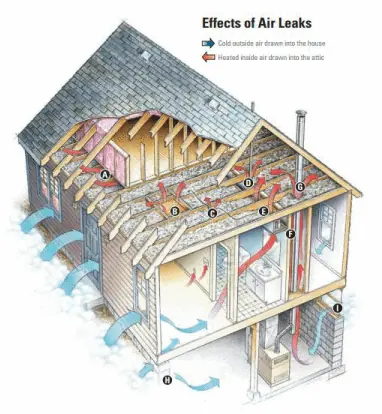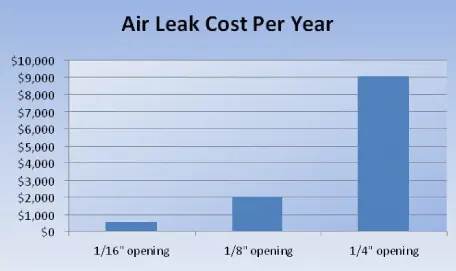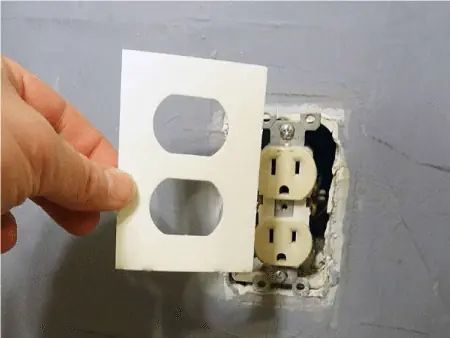Drafts make your home uncomfortable – you’ve felt the wind push through your windows or walls and felt a shiver dance up your spine. It’s uncomfortable and it costs you money. The EPA says that you can save 10% or more on your energy bills each year by properly sealing and insulating your home. But what can be done?

Know where leaks commonly occur.
If you’ve lied in your home for some time, you are probably aware where your problem areas are, but there may be some other areas you are not considering. These other areas can cost you even more money than some of the more obvious sources of leaks, like doors and windows.
- Attic knee walls
- Wiring holes
- Attic opening
- Can lights
- Furnace flues
- Basement rim joists
- Plumbing vents
- Dryer vent opening

Identify Your Draft Sources.
Finding where your drafts are coming from will be your first task. This will include a visual inspection of your home, inside and out. You are looking for gaps and cracks in many of the most common areas listed above, including windows, doors and any other openings in your home. Keep a list of the areas and take a picture with your phone so you can return to find them later.
You can perform a DIY smoke test where you light a stick of incense on a windy day and hold it near the potential draft source. If the smoke flows in or out of the area, you have a leak present.
Sidenote: DTE Energy will come to your home and give you a free energy audit, including some of these amazing benefits, depending on availability and eligibility:
- ENERGY STAR® LED lightbulbs
- Energy efficient showerhead
- Kitchen and bathroom faucet aerators
- Hot water pipe wrap
- Nightlights
You can visit here to schedule yours, if you are a DTE Energy customer.
Get Your Supplies.
You have found your leaks – now it’s time to get your supplies. Foam in a can and caulk are common gap fillers. Weatherstripping goes on the base of doors and door walls or other things that move. You may also want to invest in a concrete based caulk for masonry repair if you have those types of holes as well.
Sidenote: If you end up sealing a home up really well, you can cause other problems such as trapping carbon monoxide or radon. Be sure to have your furnace inspected to make sure it has the appropriate amount of outside air to ensure carbon monoxide is not a problem. Also, have your radon levels checked and consider an annual mail-in test if you live in a radon-prone area (like I do). You can check your area here.
Prioritize – Attic First, Then Basement then Windows/Doors.
The EPA recommends you begin with the project that has the biggest opportunity to affect your energy bills – this has historically been the attic. You’ll want to fill in the gaps in stud cavities and cover your attic hatch with increased insulation. Make sure any other openings from your living space to the attic has a sufficient vapor barrier and appropriate R-value insulation in place.
Basements and crawl spaces should be tackled next. Make sure you seal up openings in the basement walls, ceiling, floor, along the rim joist, at each end of the house and where any openings occur for gas, electrical and water lines. Use foam, caulk or batt insulation to stop air movement around these openings.
Windows and Doors probably account for the most noticeable drafts that you feel in your house. These may lead to lesser energy savings than the basement and attic, but these are relatively easier to solve given their accessibility and the commercial solutions available for sealing them. The added comfort impact cannot be quantified, so these make a lot of sense to seal up as tightly as possible.
Sealing these up may include the self-adhesive window sealant, door sweeps, window gasket replacement, exterior window caulking or sill repair.
Other leak areas include the outlets that are on your exterior walls. There are foam insulation cutouts that can prevent some of the infiltration that leaks into your home from the exterior walls.

If you decide to take these on yourself, or you hire a pro to do the work, once you’re done, don’t forget to enjoy that feeling that you are staying warmer and saving money this winter.

